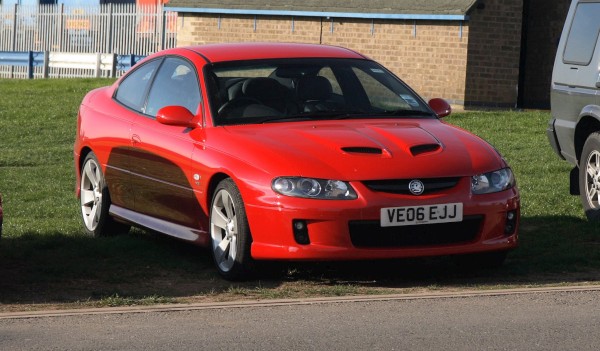Shelby Car Logo
Shelby GT500 Eleanor
Shelby Mustang GT500 KR
Shelby Ultimate Aero II
Shelby SuperCars Inc. (SSC) is an American automobile manufacturer founded in 1998 by owner Jerod Shelby. The company is based in West Richland, near the Tri-Cities, Washington and specializes in the production of supercars.
They built the SSC Aero, equipped with a twin turbocharged pushrod engined V8s. Its turbocharged 6.35 litres (388 cu in) V8 produces 1,287 bhp (960 kW; 1,305 PS), which makes it the most powerful production car in the world, beating the Bugatti Veyron's 987 bhp (736 kW; 1,001 PS). On September 13, 2007, the "Ultimate Aero" took the title of fastest production car from the Bugatti Veyron, which has since been reclaimed by the Bugatti Veyron Super Sport. The Ultimate Aero has a top speed of 414 km/h (257 mph).
SSC announced their next generation supercar has been named Tuatara. It uses a 7 litre V8 Engine and claims to produce 1350 hp.
Shelby GT500 Eleanor
Shelby Mustang GT500 KR
Shelby Ultimate Aero II
Shelby SuperCars Inc. (SSC) is an American automobile manufacturer founded in 1998 by owner Jerod Shelby. The company is based in West Richland, near the Tri-Cities, Washington and specializes in the production of supercars.
They built the SSC Aero, equipped with a twin turbocharged pushrod engined V8s. Its turbocharged 6.35 litres (388 cu in) V8 produces 1,287 bhp (960 kW; 1,305 PS), which makes it the most powerful production car in the world, beating the Bugatti Veyron's 987 bhp (736 kW; 1,001 PS). On September 13, 2007, the "Ultimate Aero" took the title of fastest production car from the Bugatti Veyron, which has since been reclaimed by the Bugatti Veyron Super Sport. The Ultimate Aero has a top speed of 414 km/h (257 mph).
SSC announced their next generation supercar has been named Tuatara. It uses a 7 litre V8 Engine and claims to produce 1350 hp.























